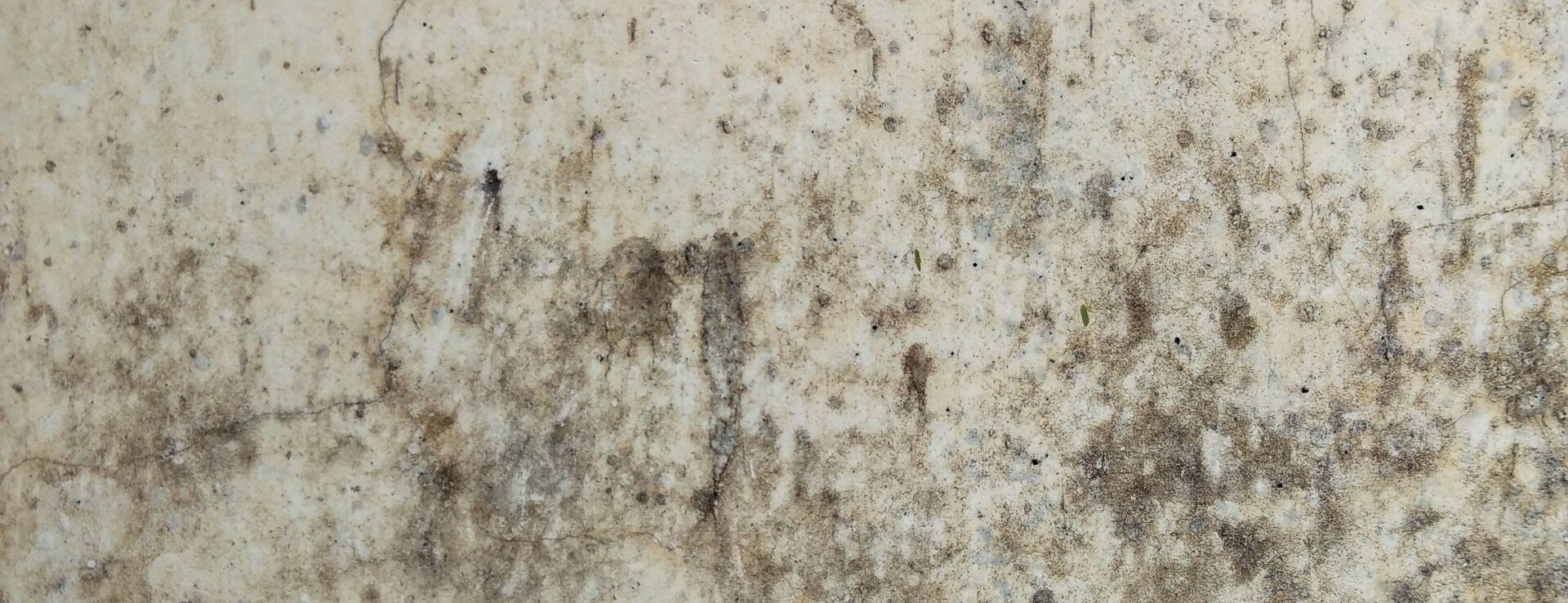
Chronic Damp – Don’t Despair!
Identify the cause with Environmental Monitoring
If you you are blighted with black mould spores, damp walls and an environment that’s not healthy, relax, it’s purely down to physics and a little bit of chemistry. Firstly you need to prove it’s not penetrating damp or trapped moisture due to modern building products used on a Pre 1950’s property, once you have proved that then your problem is down to 1 of 3 things?
Atmospheric Air Temperature
Relative Humidity
Surface Temperature
One thing it’s definately not is “Rising Damp” You don’t need your plaster knocking off to 1m above your skirting board, you don’t need a chemically injected Damp course and you definitely don’t need a waterproof tanking cement render to trap in moisture and create a problem 10 years down the line. What you need is Environmental Monitoring to identify which of these 3 components are causing you a problem.
Chemistry / Physics Made Simple – Condensation
- Air is a gas that can carry fine molecules of moisture, the moisture when carried in air does so as a vapour.
- At different temperatures and pressures the air can carry different amounts of moisture vapour.
- The warmer the air the more moisture it can carry, the cooler the air the less vapour it can carry Demonstration Video …..
- If warm air carrying a vapour cools down, it can no long support the moisture it is carrying and it condenses from a vapour gas into a liquid and forms water droplets – Condensation – Demonstration Video ….
- An equilibrium of all 3 means you wont get condensation but an imbalance will create an environment that produces significant amounts of condensation, moisture and a playground for black mould.
Environmental Living – The way we live
The way we live in a property can also influence the amount of condensation that can be produced, with Environmental Monitoring we can record periods in time that the equilibrium is knocked off balance and the conditions to create condensation is at it’s highest. Things that contribute to condensation can be
- Cooking
- Tumble Dryers
- Drying clothes indoors on radiators or a clothes horse
- Showering or Bathing
- The period of time whilst we sleep
- Allowing the property structure to cool down to below 14°c
- Running Central Heating to high.
- Types of heating system
- Penetrating Moisture contributing to the humidity level
- Pre 1950’s Properties incorrectly renovated with modern building products
- Breathing
Ventilation – Controversial!
Why is ventilation controversial you may ask? Well ventilation is conditional, now I’m only talking about condensation in living spaces and not cellars lofts or other areas. Quite often you hear advice that states “you need more ventilation” well that can be very true but we need to understand why we require more ventilation. Remember the 3 factors
Atmospheric Air Temperature
Relative Humidity
Surface Temperature
By increasing Ventilation we are trying to alter the relative humidity of the room the idea is that the air you are drawing into the room has less grams per kilogram of moisture, as it pass’s over the condensation that is naturally trying to evaporate it absorbs moisture molecules and then transports them to the outside atmosphere. The more air movement the more moisture is absorbed, that’s the fundamental principle of natural air drying, However! this will only work if
- The incoming air has less grams per kilogram of moisture (Less % of humidity)
- The Air is warmed slightly as it enters the property.
- The air meets a requirement of “Air Changes Per Hour” (ach) low ach will be insignificant.
Ventilation will not assist if
Ventilation will not assist in reducing condensation in specific conditions and these are
- If the air outside has a higher grams per kilogram moisture count than the air inside, i.e It’s damp or raining.
- If the surface temperatures inside are significantly colder that the air being drawn to inside, this will cause condensation.
And then there’s the ££ COST ££ of warming air in your environment simply allowing it to escape outside replacing it with cool air that needs to be reheated all for ventilation purposes, it’s like throwing money out of the open window £££££££££££££££££.
Environmental Monitoring
During the period of environmental monitoring we will install data recording sensors and record the 3 components that create / cause condensation to form. Over a 7 day period we will record.
- Air Temperature
- Relative Humidity
- Surface Temperature of Walls
- Record when your heating system fires up
- How long it takes for your property to warm up and cool down
Analysing the Data
Once the data has been recorded we will then transfer this data to graph format. Analysing the data will allow us to identify minimum and maximum points in the data set that show why the environment is prone to condensation and black mould spores.
Example Data of balanced environments with low condensation and no mould spores
Residential Home Office – Low RH% higher Temp
Bedroom – Higher RH% lower temp


To solve your problems with damp
Call Buildfix 01785 472 023

Stay in touch: